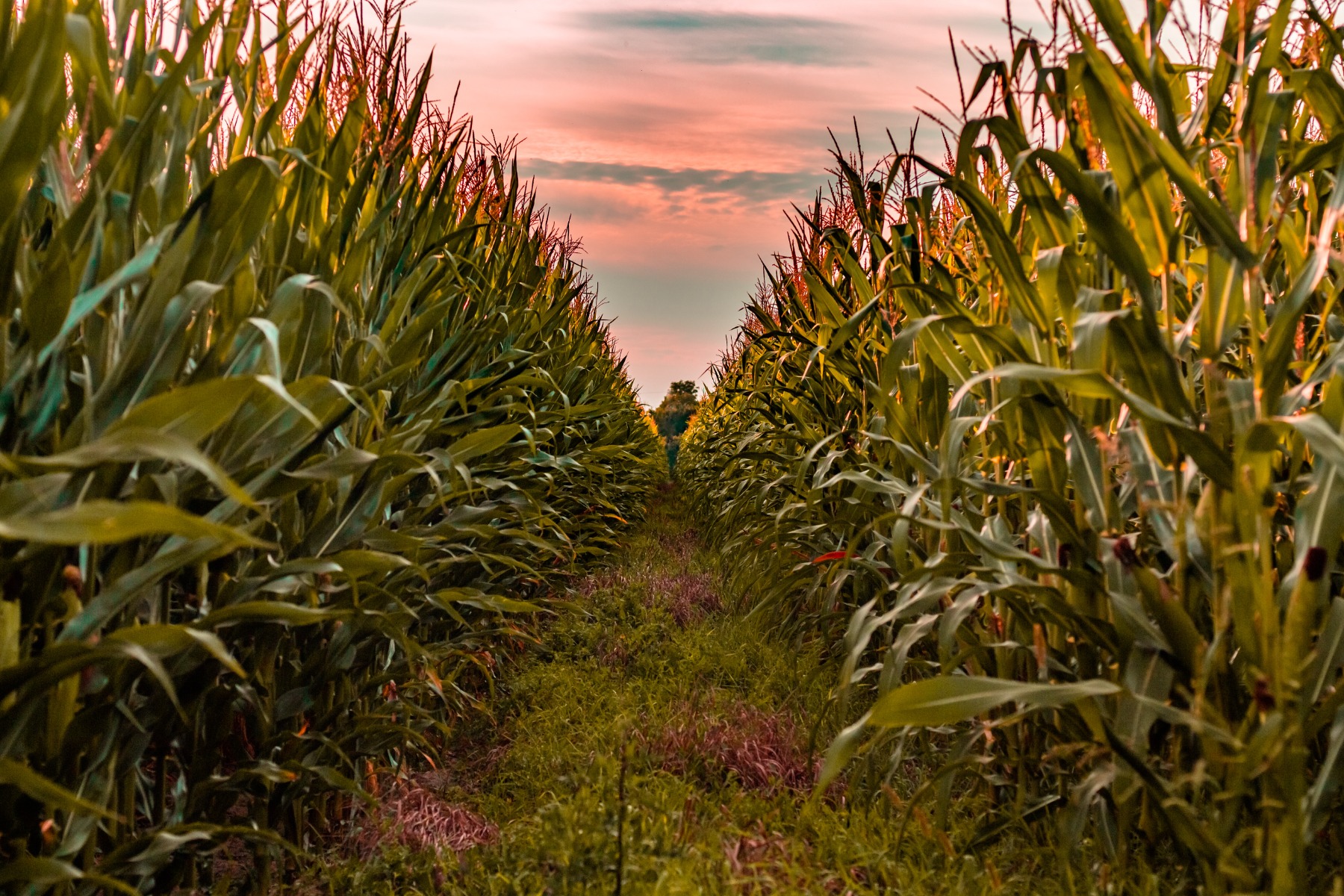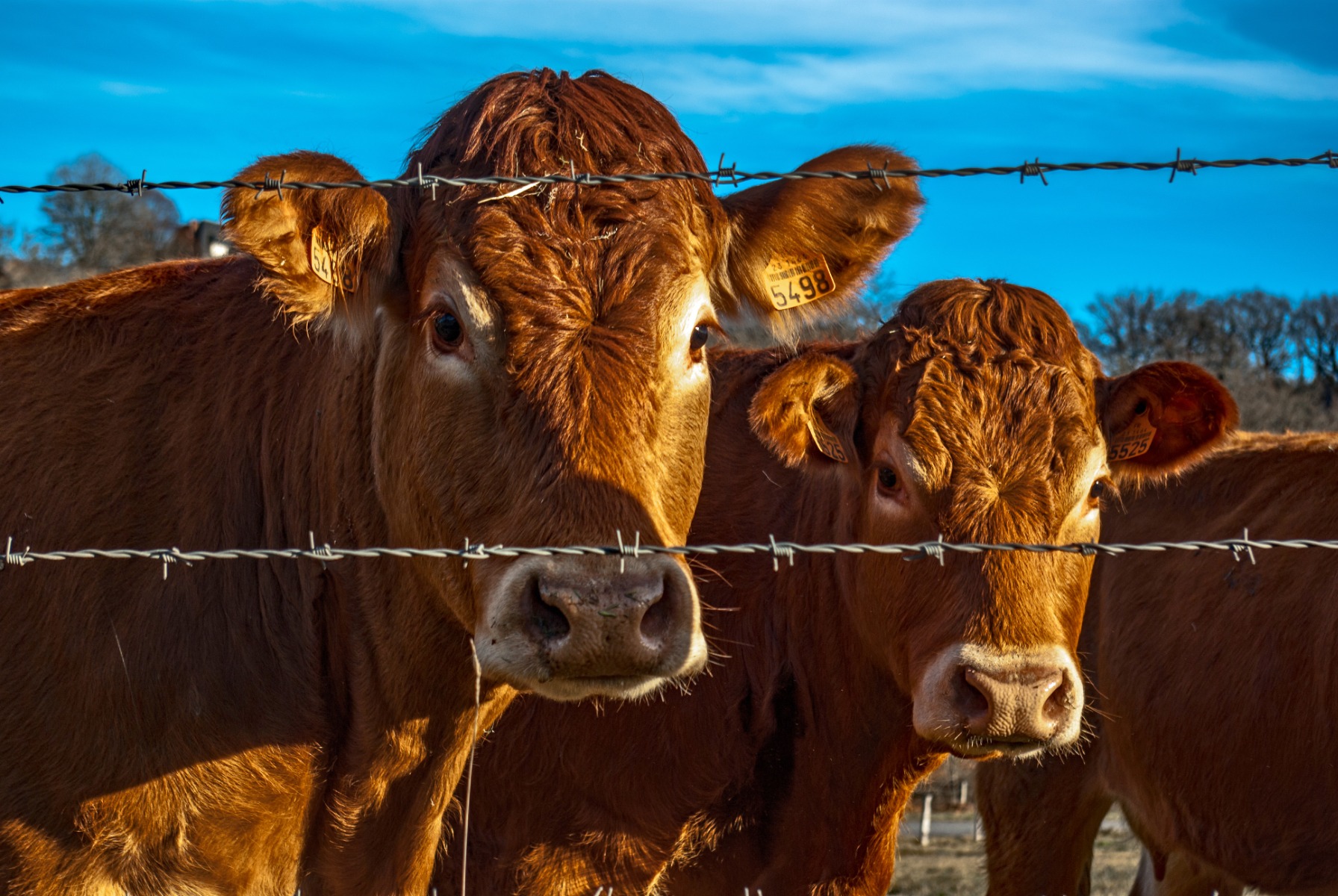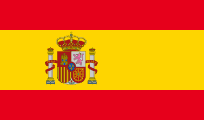Revolutionizing Agriculture: The Power of Forage Harvesters

What is a Forage Harvester Used For?
A forage harvester, also known as a silage harvester or chopper, serves a crucial role in agriculture by efficiently harvesting and processing forage crops. Designed to cut, chop, and collect crops such as corn and grass, forage harvesters play a pivotal role in producing silage—an essential feed for livestock.
Silage Production – A Vital Feed for Livestock
At the heart of the forage harvester's purpose lies the production of silage, a nutritionally rich feed that holds immense significance in livestock farming. Silage serves as a staple diet for cattle and other ruminants, providing essential nutrients year-round. The forage harvester's meticulous processing of crops contributes to the creation of silage that is not only abundant but also preserves the nutritional integrity of the forage, ensuring the well-being and health of the livestock.
Versatility in Crop Handling
One notable aspect of forage harvesters is their versatility in handling a wide range of crops. While their primary focus is on traditional forage crops like corn, these machines are adept at efficiently processing various grasses and other green fodder. This adaptability makes forage harvesters indispensable across diverse agricultural environments, catering to the unique demands of different crops and farming conditions.




What is the Difference Between a Harvester and a Forage Harvester?
Distinguishing between a general harvester and a forage harvester is crucial. While a harvester typically refers to a machine that gathers and processes crops, a forage harvester specifically focuses on cutting and processing forage crops like grass and corn. The specificity of forage harvesters makes them indispensable for farmers dealing with silage production.
What are Advantages of Forage Harvesters?
Forage harvesters offer a myriad of advantages in modern agriculture. Their precision cutting mechanisms ensure optimal crop length for silage, contributing to the overall nutritional quality. These machines not only boost efficiency and productivity but also play a vital role in sustainable farming practices, positively impacting crop yield.
How Does a Crop Harvester Work?
While a forage harvester focuses on forage crops, a general crop harvester is a broader term encompassing machines designed to harvest a wide range of crops. The functioning of a crop harvester involves cutting, gathering, and processing crops for various purposes, depending on the crop type. These machines have different configurations to suit the specific requirements of different crops.
In conclusion, forage harvesters emerge as specialized and indispensable tools in the realm of agriculture. Whether cutting grass or harvesting other forage materials, these machines contribute significantly to the agricultural landscape, ensuring a sustainable and productive future for farmers worldwide.
Can a Forage Harvester Cut Grass?
Absolutely, forage harvesters are well-equipped to cut grass effectively. Their specialized cutting attachments and configurations allow them to handle various types of crops, including grass. This versatility makes forage harvesters invaluable tools for farmers dealing with diverse forage crops in their fields.
How Does a Forage Harvester Work with Grass?
When it comes to processing grass, forage harvesters showcase their versatility. These machines are equipped with cutting mechanisms designed to efficiently handle grass crops. The intricate workings of a forage harvester ensure that grass is cut with precision, catering to the specific needs of livestock feed and silage production.





 Am Machinery
Am Machinery 



Validate your login
Sign In
Create Account